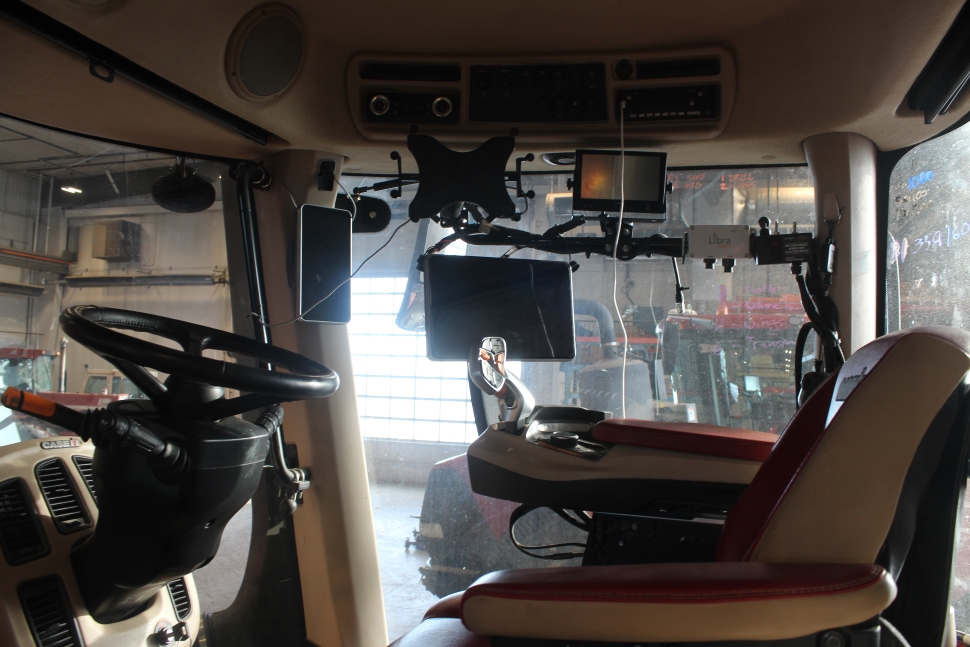With the proliferation of AI technology and the use of farms, a new meaning is coming to the phrase “smart farming”. Technology is becoming more and more part of the work for producers, with many of the latest innovations on display at farm shows, such as Ag In Motion last week. While there aren’t any autonomous operations in place that he knows of, Weyburn-area farmer Dale Paslawski knows that the embracing of more technology in the field is inevitable.
“I’ve never seen a drone over a field yet, but it’s here, and that’s the future.”
For decades, there has always been talk about how the younger generations get involved with farming. The use of technology, though, is helping to bridge that gap as they are looking at how to incorporate innovations into the daily workflow.
“The younger guys, it’s interesting to them to use that technology,” said Paslawski. “It’s almost like a computer game.”
One of the ways the technology is helping is in surveying the crops. Thanks to things such as satellite imagery or drone footage, a farmer can now see the entire field from an aerial view, which works out better than from the tractor cab in many ways. Paslawski explained this allows for spotting blemishes in a field. These could be anything from insect problems to fertility issues to incorrect seeding depth. From there, the producers can use the data to determine if something like a variable fertilizer rate could be used to improve compromised areas.
There are some trade-offs, though, when using technology.
There are technological advancements that are now established and reliable, which many producers use in the modern farming landscape.
“Myself, I use GPS in my sprayer, and it’s been a godsend for accuracy and other reasons,” Paslawski stated. He added, though, that some of the technology others use isn’t exempt from any issues, as some of the newest, most complex systems still have significant problems.
“They're having some grief with technology," Paslawski said. “Solar flares and stuff like that.”
For many farmers, the future of the industry is framed by a screen. There is immense promise in what the technology can do, but there is a learning curve as well as new frustrations. Paslawski mentioned things such as air drills that are connected directly to a smartphone for data management are useful for some.
“You’re spending a lot of time looking at a screen, and I’m not a big fan of that, but that’s the future that’s coming down the pipe.”
